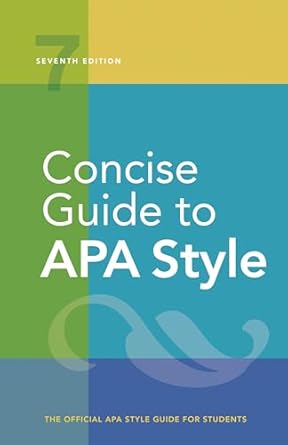[toc]
copyright permission a guide to proper attribution
Concise Guide to APA Style: 7th Edition (OFFICIAL)
Page 233 Review
Copyright and Permission: A Detailed Analysis
Understanding copyright and permission is crucial when incorporating external material into your work.
The provided excerpt from an ebook offers a structured approach to properly attributing sources and obtaining necessary permissions.
This analysis will delve into the key aspects of copyright attribution, permission status, and source information, highlighting the importance of each element.
Copyright Attribution Templates
The excerpt introduces a table (Table 8.3) outlining various copyright attribution templates based on the source type.
Let’s examine some of these templates:
Journal, Magazine, Newspaper, or Blog
“From ‘Title of Article,’ by A.
A.
Author and B.
B.
Author, year, Title of Periodical, Volume (Issue), p. xx (DOI or URL).” This template emphasizes the need to include the article title, author(s), publication year, periodical title, volume and issue number, page number, and either a DOI (Digital Object Identifier) or a URL.
This comprehensive information ensures the reader can easily locate the original source.
The corresponding permission status statement would be: “Copyright year by Name of Copyright Holder.
Reprinted with permission.” This statement indicates that permission to reprint the article has been obtained from the copyright holder.
Authored Book or Report
“Title of Book or Report (p. xx), by A.
A.
Author and B.
B.
Author, year, Publisher (DOI or URL).” For books and reports, the template requires the title, author(s), publication year, publisher, page number, and either a DOI or a URL.
The permission status statement can vary: “Adapted with permission.” or “In the public domain.” If the material is in the public domain, no permission is needed.
Edited Book Chapter
“‘Title of Chapter,’ by A.
A.
Author and B.
B.
Author, in E.
E.
Editor and F.
F.
Editor (Eds.), Title of Book (any edition or volume number, p. xx), year, Publisher (DOI or URL).” This template highlights the importance of acknowledging both the chapter author(s) and the book editor(s), along with the chapter title, book title, edition or volume number, page number, publication year, and publisher.
The permission status statement could be: “CC BY-NC,” indicating a Creative Commons license.
Webpage or Website
“Title of Webpage, by A.
A.
Author and B.
B.
Author, year, Site Name (DOI or URL).” or “Title of Webpage, by Group Author Same as Site Name, year (DOI or URL).” For webpages, the template includes the webpage title, author(s), publication year, site name, and either a DOI or a URL.
The second option applies when the group author and site name are identical.
Key Considerations for Copyright and Permission
The excerpt outlines several crucial considerations for handling copyright and permission:
- Comprehensive Information: “For works not listed here, provide the title, author, year, and source information for the work as appropriate.” This underscores the need to provide thorough details for any source, ensuring proper attribution.
- Permission Statement: “Include a permission statement only if permission has been sought and obtained.” This highlights the importance of explicitly stating whether permission has been obtained, avoiding ambiguity.
- Creative Commons Licenses: “For Creative Commons licenses (e.g., CC BY-NC, CC BY 4.0), use the specified abbreviation for the type of license associated with the material you are reprinting or adapting.” Correctly identifying and citing the specific Creative Commons license is vital for adhering to the terms of use.
- Webpage Attribution: “For webpages, omit the site name when the site name and author are the same, which is often the case with group authors.” This provides a concise and appropriate way to attribute webpages when the author and site name are identical.
The Importance of Proper Attribution
Proper copyright attribution is not merely a formality; it’s a fundamental aspect of academic integrity and ethical scholarship.
By accurately citing sources and obtaining necessary permissions, authors avoid plagiarism, respect intellectual property rights, and contribute to a culture of transparency and accountability.
The templates and guidelines provided in the excerpt offer a valuable framework for navigating the complexities of copyright law and ensuring that all sources are appropriately acknowledged.
Conclusion
The excerpt provides a valuable overview of copyright attribution and permission practices.
By following the outlined templates and guidelines, authors can ensure they are properly acknowledging sources, respecting intellectual property rights, and avoiding potential legal issues.
The emphasis on comprehensive information, clear permission statements, and accurate representation of Creative Commons licenses underscores the importance of meticulous attention to detail when incorporating external material into any work.
Buy full ebook for only $18: https://www.lulu.com/shop/american-psychological-association/concise-guide-to-apa-style-7th-edition-official/ebook/product-rmzpq54.html?page=1&pageSize=4


Leave a Reply